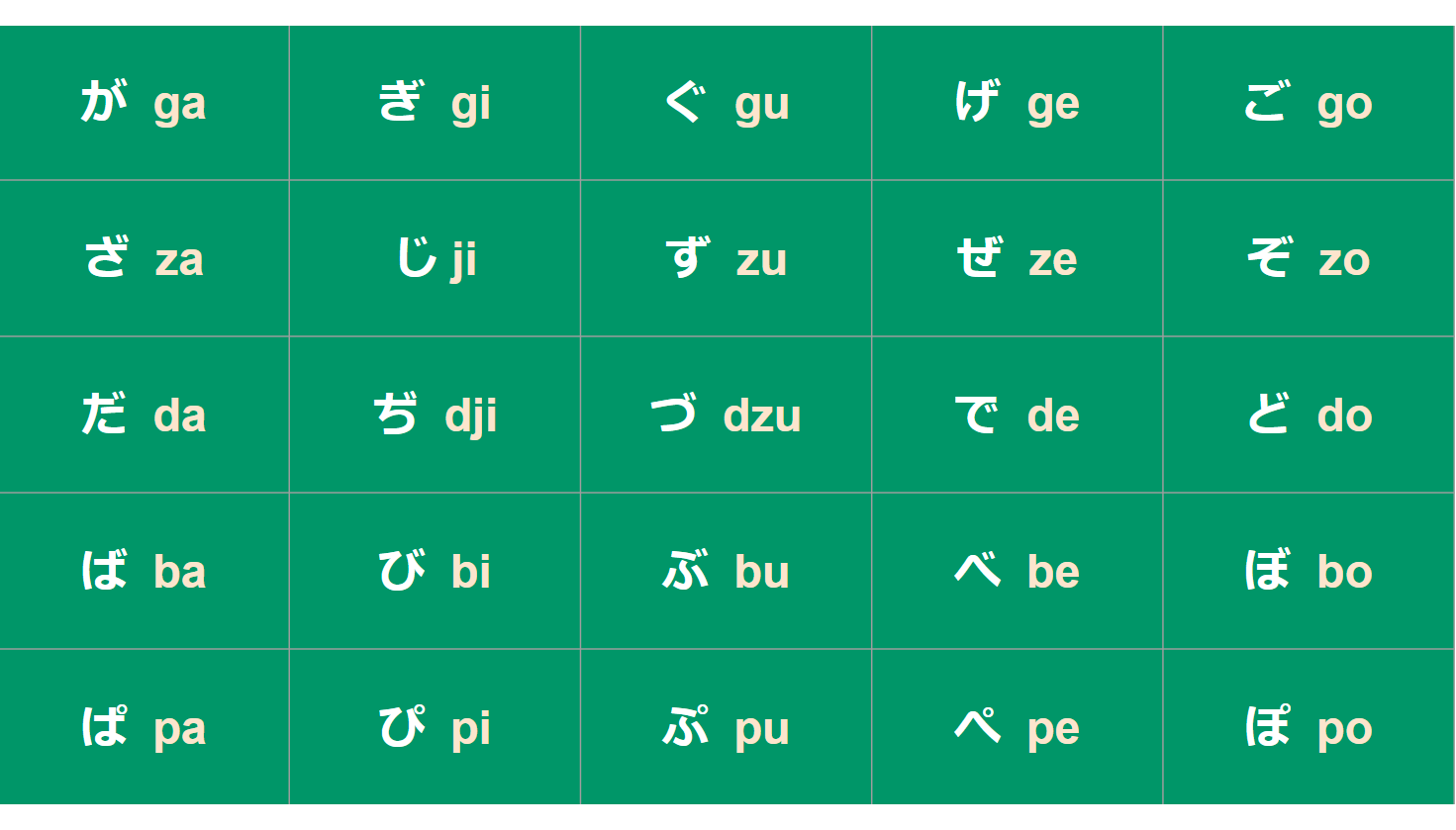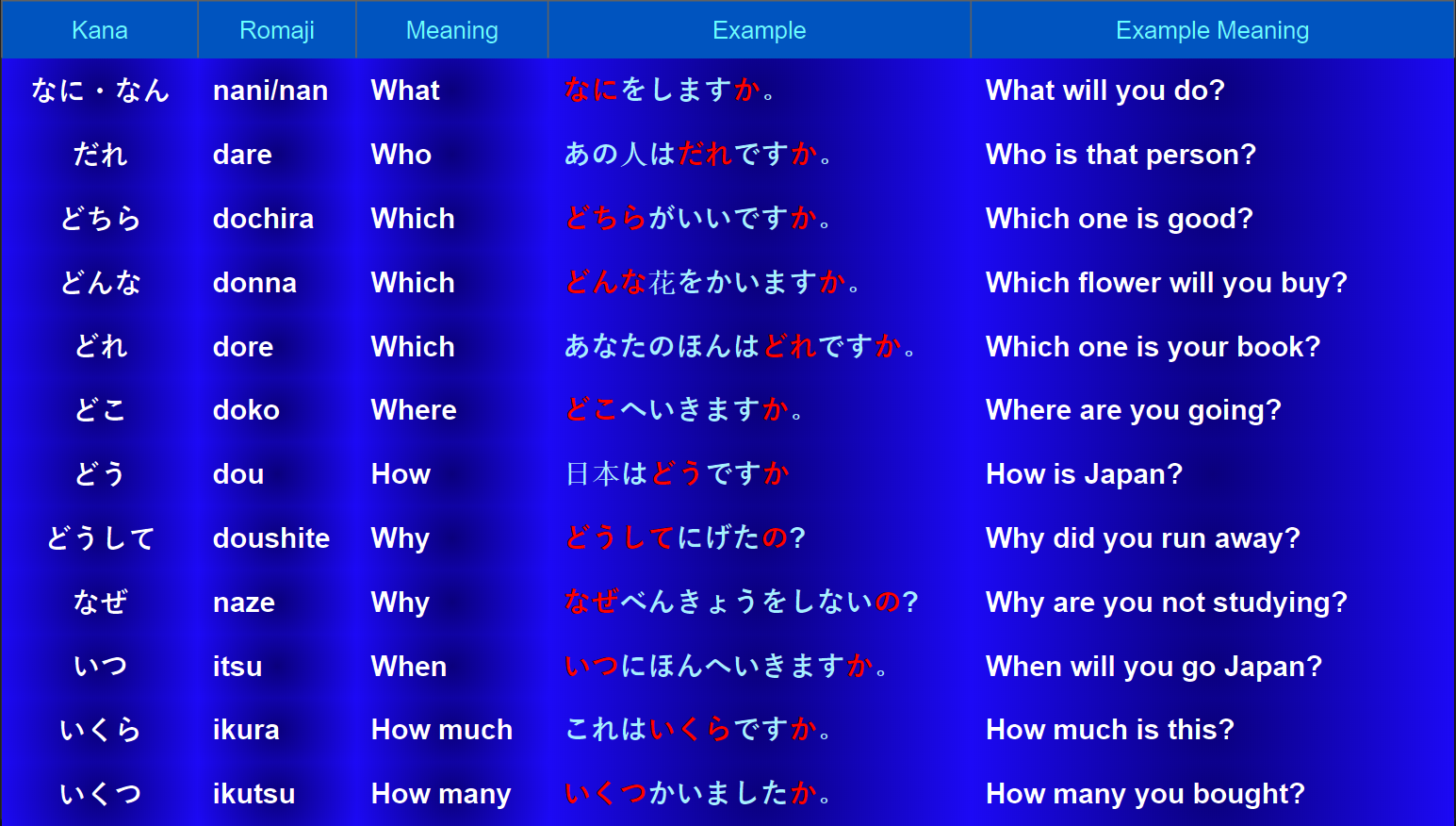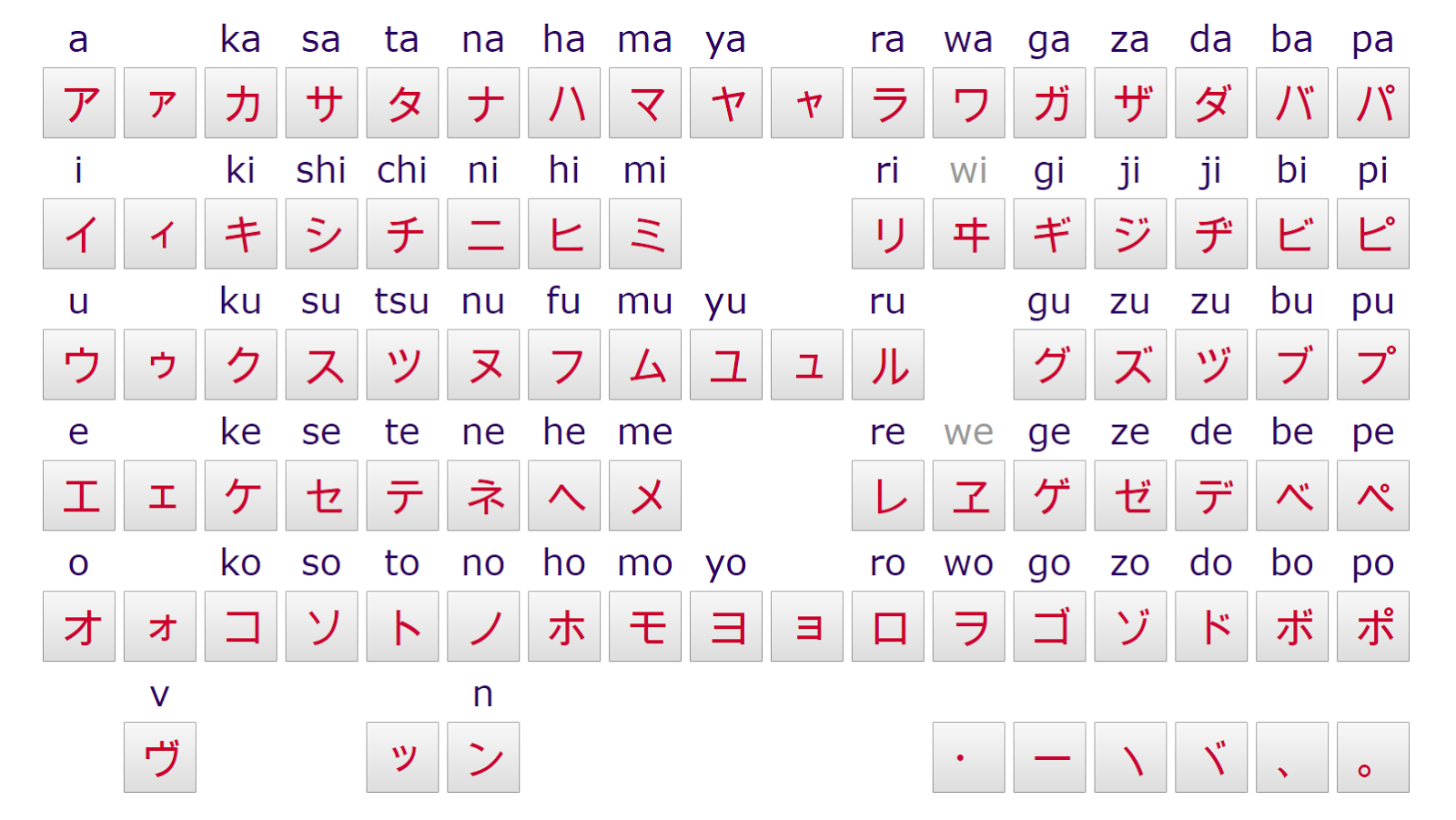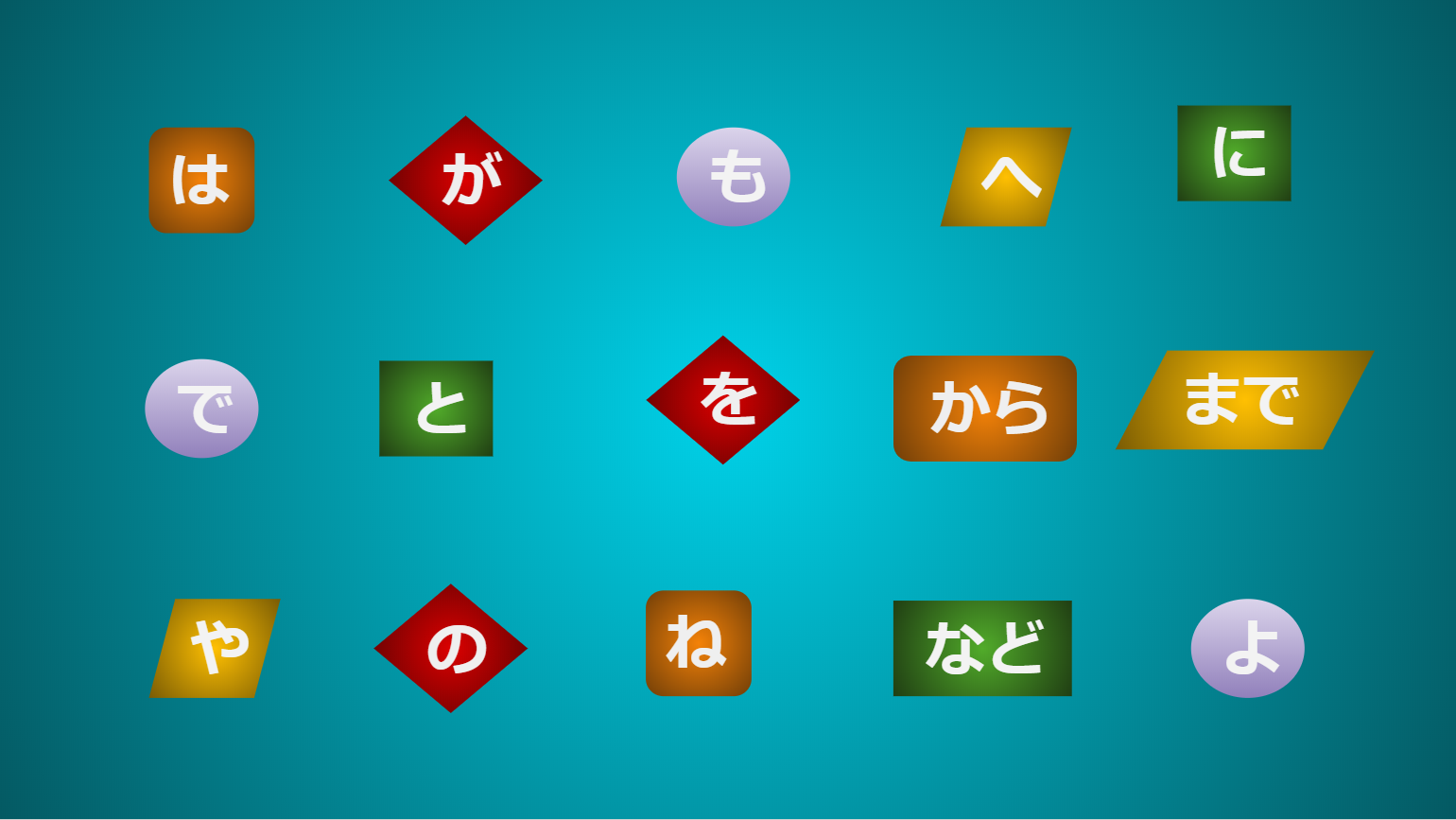JLPT N5 - Lesson 2 - JLPT N5 introduction

From where to start your journey? The words written in Japanese characters in this picture is a very well known proverb which reads as "SEN RI NO MICHI MO IPPO KARA" means - Even a thousands mile journey begins with step one.
If you are studying Japanese in a school or institution, your learning will be based on that institutions' curriculum. The good point is that in an instructor led environment or classroom, you have the proper guidance and help from other people for you to understand and improve on Japanese better. However, if you are highly motivated to learn Japanese on your own, you also can be successful as there are plenty of online/offline resources available at no cost or with very minimum fees. You just need to focus on your target and continue working hard to reach your target.
More about the Proficiency Test
When you are learning Japanese on your own, you may be unsure how to proceed or what what may be your exact target - up to what level you need to study or how to justify your level of understanding and knowledge on Japanese that you've learnt. Taking this in consideration, here in my blog, I will try to help you to proceed with your study while targeting your Japanese Language Proficiency Test's (JLPT) competency requirement.
JLPT is a Test held in Japan and abroad to evaluate and certify Japanese-language proficiency of non-native speakers administered by Japan Foundation (for overseas learners) and Japan Educational Exchanges and Services (for learners in Japan - tests conducts in Japan). The JLPT is open to all non-native Japanese speakers, without any age restrictions.
There are five levels N5 to N1. N5 is the beginning and N1 is the top level, after passing N5, the applicant can proceed to N4 and then N3, N2 and N1. Without passing the lower level, one cannot seat for the higher level.
From the JLPT website, below is a summary of linguistic competence required for each level:
- N5: The ability to understand some basic Japanese.
- N4: The ability to understand basic Japanese.
- N3: The ability to understand Japanese used in everyday situations to a certain degree.
- N2: The ability to understand Japanese used in everyday situations, and in a variety of circumstances to a certain degree.
- N1: The ability to understand Japanese used in a variety of circumstances.
You may set your target looking at the following chart:
New test content summary (Numbers estimated)
| Level | Kanji | Vocabulary |
| N5 | ~100 | ~800 |
| N4 | ~300 | ~1,500 |
| N3 | ~600 | ~3,700 |
| N2 | ~1000 | ~6,000 |
| N1 | ~2000 | ~10,000 |
Let's start from N5 Summary of N5 purposes and composition of test items:
| Type of Test Items | Purpose |
| Vocabulary: | |
| Kanji readingOrthography | Test reading of words written in kanji. Test kanji and katakana for words written in hiragana |
| Contextually-definedexpressions | Test words whose meaning is defined by context |
| Paraphrases | Test words and expressions with similar meaning |
| Grammar: | |
| Sentential grammar 1(selecting grammar form) | Test judgment on grammar formats that suit sentences |
| (selecting grammar form)Sentential grammar 2 | Test sentence composition that is syntactically accurate |
| Text grammar | Test judgment on suitability of sentences for text flow |
| Reading: | |
| Comprehension (short passages) | Test understanding of contents by reading easy original text of approximately 80 characters regarding topics and situations involving study, everyday life and work |
| Comprehension (mid-size passages) | Test understanding of contents by reading easy original text of approximately 250 characters regarding topics and situations in everyday life |
| Listening: | |
| Task-based comprehension | Test understanding of contents by listening to coherent text (test ability to extract necessary information to resolve specific issues and understand appropriate action to take) |
| Comprehension of key points | Test understanding of contents by listening to coherent text(test ability to narrow down points based on necessary information presented in advance) |
| Verbal expressions | Test ability to select appropriate verbal expressions by listening to circumstances while looking at illustrations |
| Quick response | Test ability to select appropriate responses by listening to short utterances such as questions |
Onto the lesson next article onwards...










Interesting .............
ReplyDeleteInteresting .............
ReplyDeleteJapanese Language Proficiency Test Level N5 is for students who has basic knowledge of writing, reading and listening Japanese Language. At first, if taking exam of JLPT N5 one should know Hiragana, katakana and few basic Kanji characters. In JLPT N5 students gain knowledge to use appropriate greetings while working in Japanese culture.
ReplyDeleteJapanese language Translator course l japanese language course l japanese classes near me l Japanese Language Proficiency Test N5